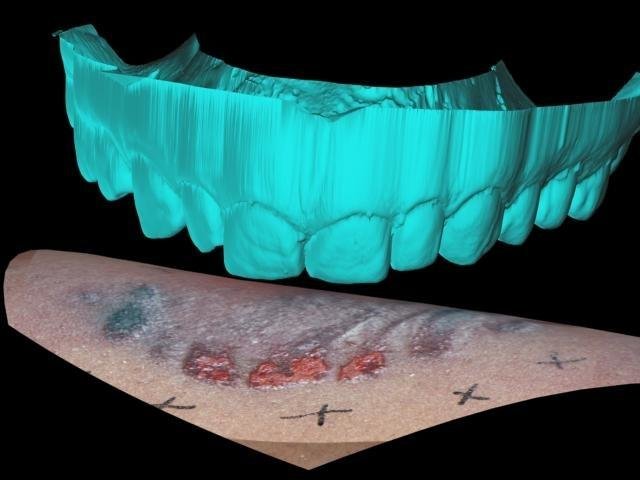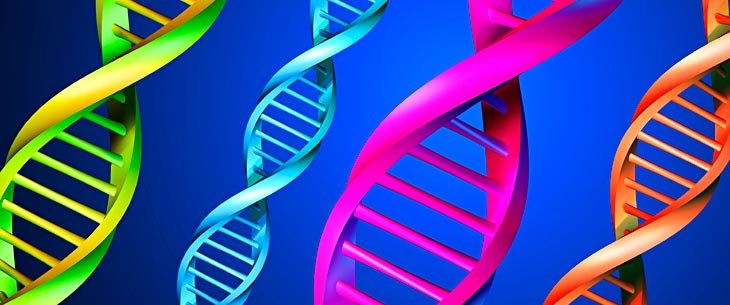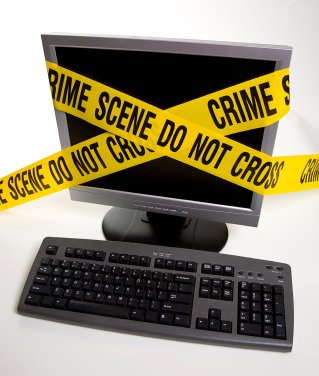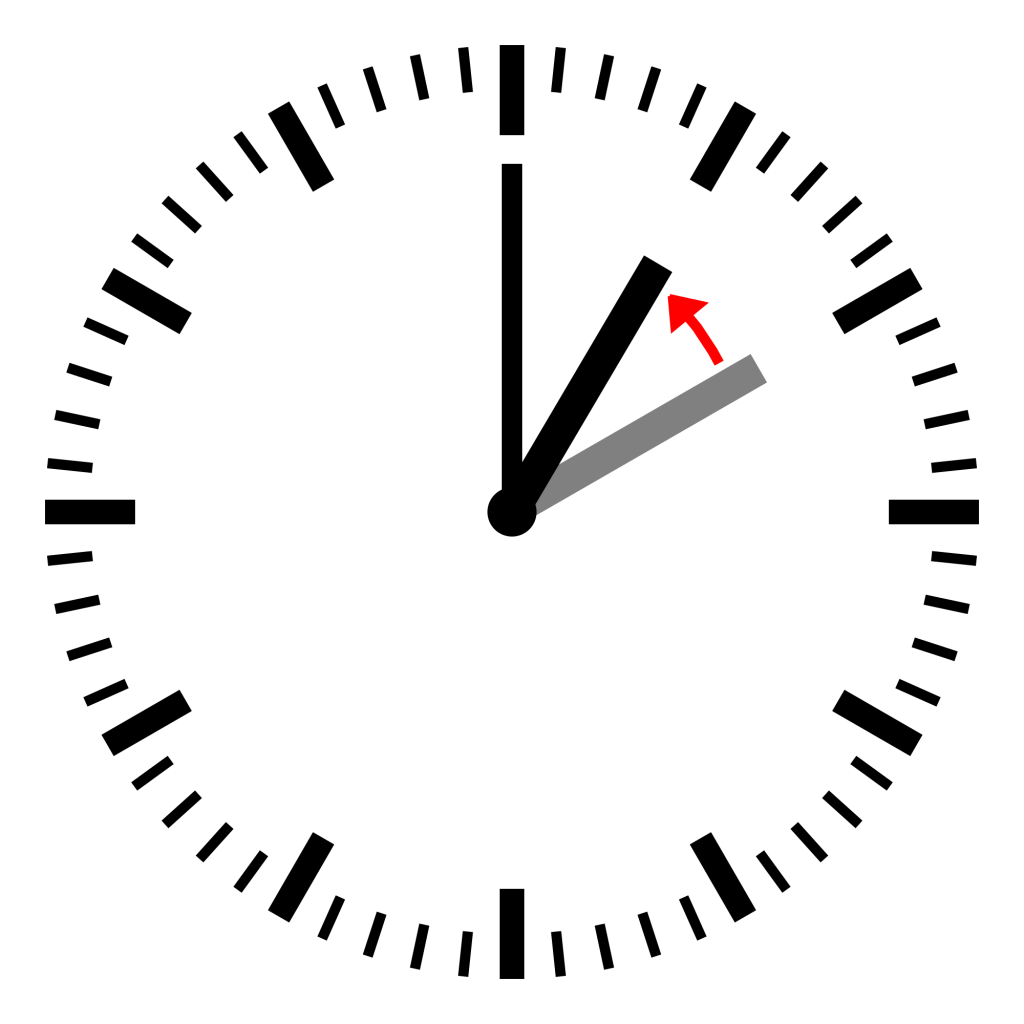Basic forensic odontology
Forensic odontology, or forensic dentistry, is a branch of forensic science dealing with the application of any dental information usable in the court of law; it mostly revolves around identification, and it deals with the handling, examination and comparison of teeth and bite marks.

Bite mark analysis
What forensic odontology does
There is a significant amount of information which can be derived solely from this discipline, including age (mostly in children), person identification, signs of violence, etc. This information is used in correlation with radiographs, ante-mortem (prior to death) and post-mortem photographs and DNA. An important part n the work of a forensic odontologist is examining bite marks. These can be applied by the attacker, or by the attacked, and in both cases are very valuable to the investigation.
Forensic dentists are responsible for six kinds of practice:
- Identifying human remains
- Identificationsin mass fatalities
- Assessment of bite mark injuries
- Assessment of cases of abuse – bite marks are very common in these cases
- Civil cases involving malpractice
- Age estimation
What a forensic odontologist does
The most often operation performed by a forensic odontologist is comparative identification – identifying a person involved in a tragic event by analyzing the dental record. This is extremely important in man-made or natural disasters, which can result in multiple fatalities that are often not easily identifiable; however, the same process is applied in individual fatalities.
It may not seem like much, but even one single radiograph can reveal one person’s identity, and when you think that we have 32 teeth, you can understand why forensic dentists are so sought after.
The method, even though very performant, is not one hundred percent accurate: but when you think that you can analyze four sides to every tooth, every single one with its own particularities, and add an extraction pattern, the presence of anatomic anomalies or pathology, it becomes pretty clear that it’s often reliable.
Bite mark analysis criticism
Even so, there is some criticism of bite mark analysis, even though this method has been used and improved since 1870. Recently, the conducted an investigation to see if the crime scene investigators deserve the air of infallibility that surrounds them. Their results seemed to show that this is not always the case, and that quite often, forensic odontology is especially subject to error. Also, an informal study conducted in 1999 found that there is a 63 percent rate (!) of wrong idenfications. However, most of the controversies are due to the lack of empirical evidence. For example, if you take the MedLine database from 1960–1999, only 50 papers in English were related to bite mark analysis; out of these, only 4 of them were conducted using well designed experimentation providing empirical data. Still, if nothing else, a confirmation is more than welcome.
Forensic odontology background
As I already told you, forensic odontology is the study of dental information in legal proceedings. However, it may surprise you that at the basic level, the practice goes back all the way to the year 66 AD. As the story has it, in the time of emperor Nero, his mother, Agrippina, had her soldiers kill Lollia Paulina, with instructions to bring back her head as proof that she was dead. However, she was unable to positively identify the head, but she knew Lollia had a discolored tooth; she looked at her teeth, and identified her by the teeth.
During the U.S. Revolutionary War (1775–1783), none other than Paul Revere, at the time a young dentist helped identify war casualties. Paul Revere was actually the first forensic odontologist in the United States. The first treatise on forensic odontology was written by Dr. Oscar Amoedo in 1898 and was entitled L’Art Dentaire en Medicine Legale.
Forensic odontology cases and organizations
This is in no way an exhaustive list, but here is a short list of memorable cases I found on Wikipedia:
– who was actually wrongfully convicted due to bite mark evidence.
Other forensic dentistry resources
There are currently four organizations in North America dedicated to forensic dentistry: (BOLD, in Canada), the (ABFO), (ASFO) and the International Organization for Forensic Odonto-Stomatology (IOFOS). Some other countries have their own organizations, out of which perhaps the British is the best.
Recently, due to the technological progress in the field, DNA sampling has been included as a task for a forensic odontologist. For a crime scene investigator, taking DNA samples is as common as taking pictures of the scene.
So, here it is, a short introduction to what a forensic dentist does; it is by no means a comprehensive list or a scholarly resource, but hopefully, by now you have a pretty good idea about what forensic odontology means. If there are any questions, please send them our way and we will do our best to answer them.
Images:



